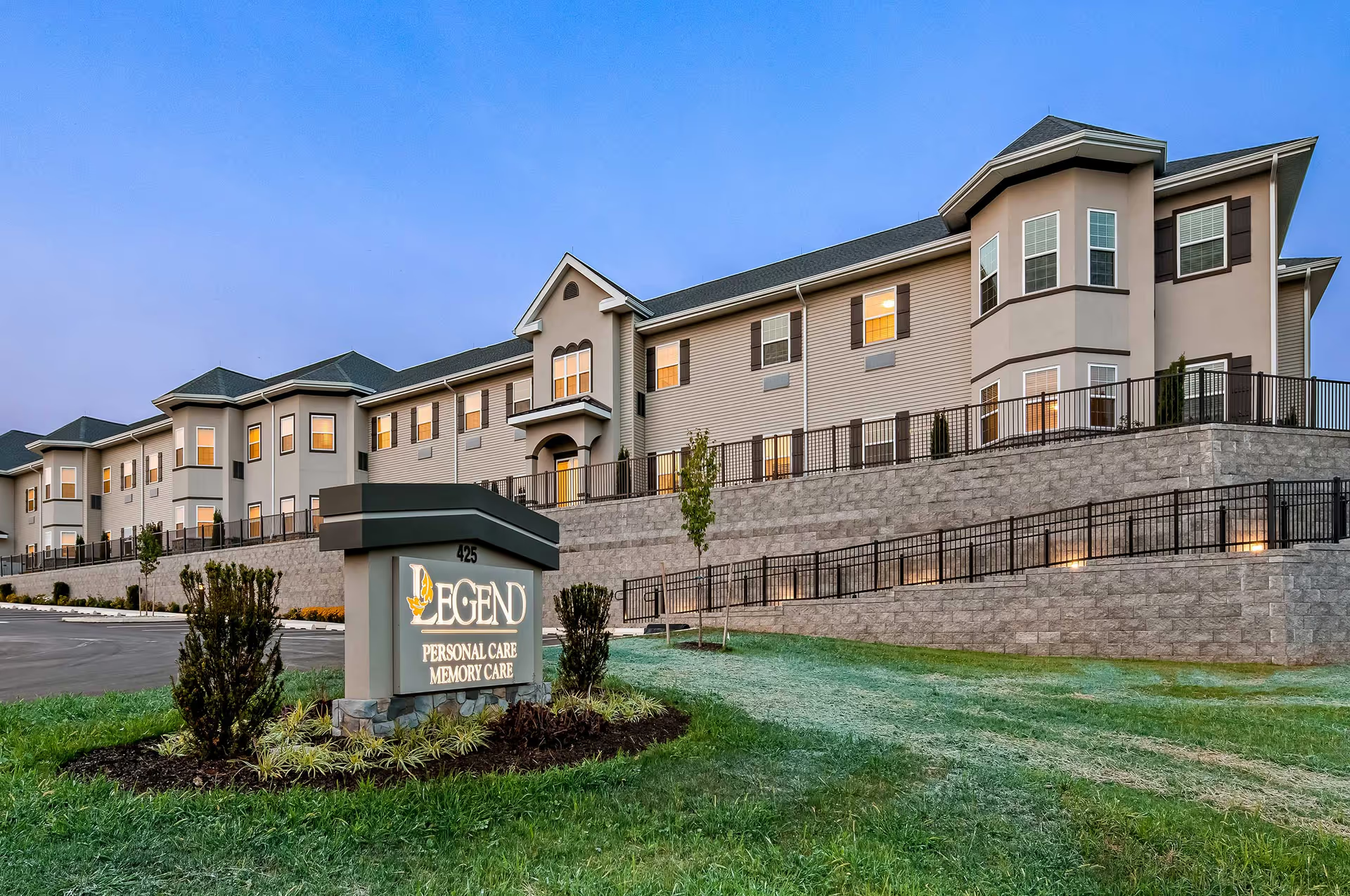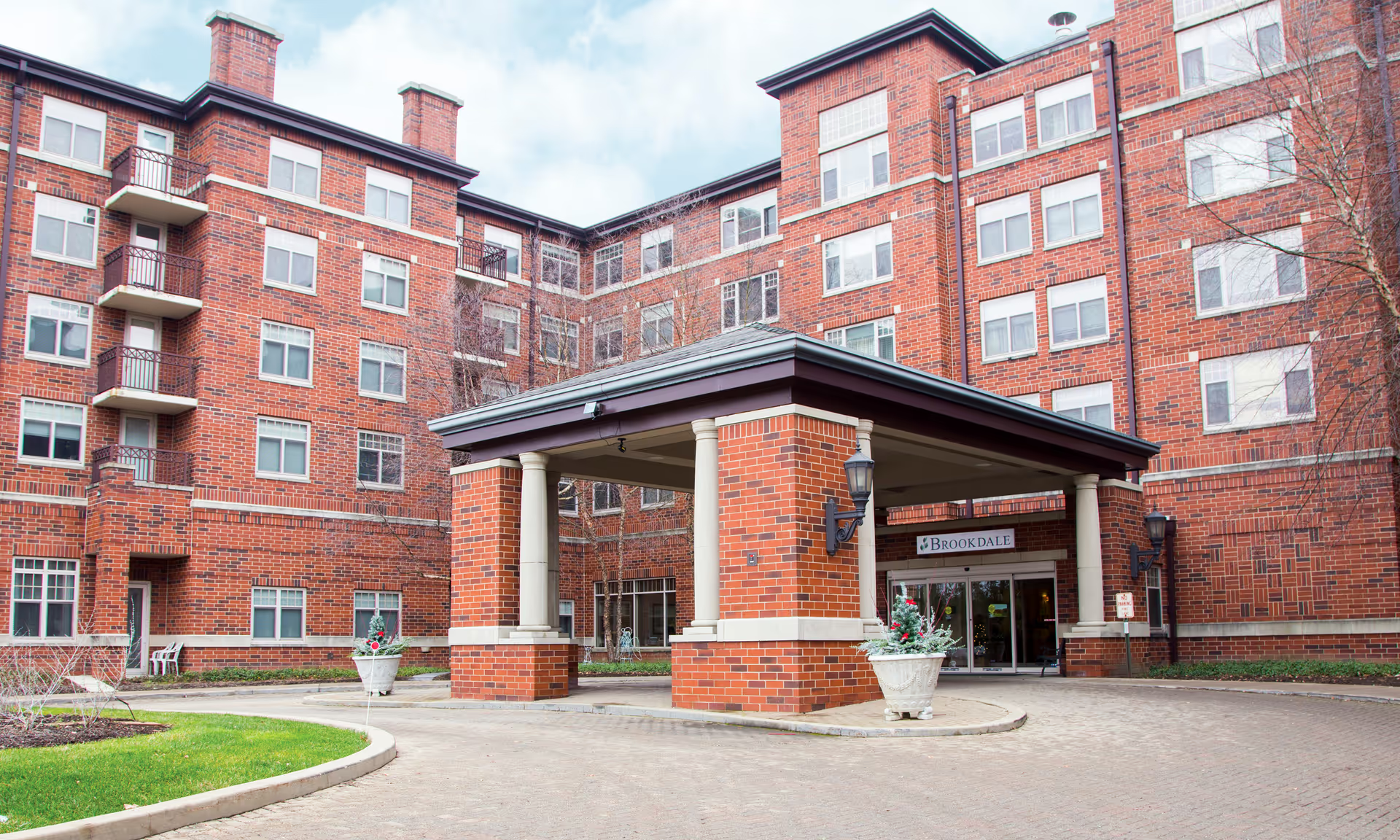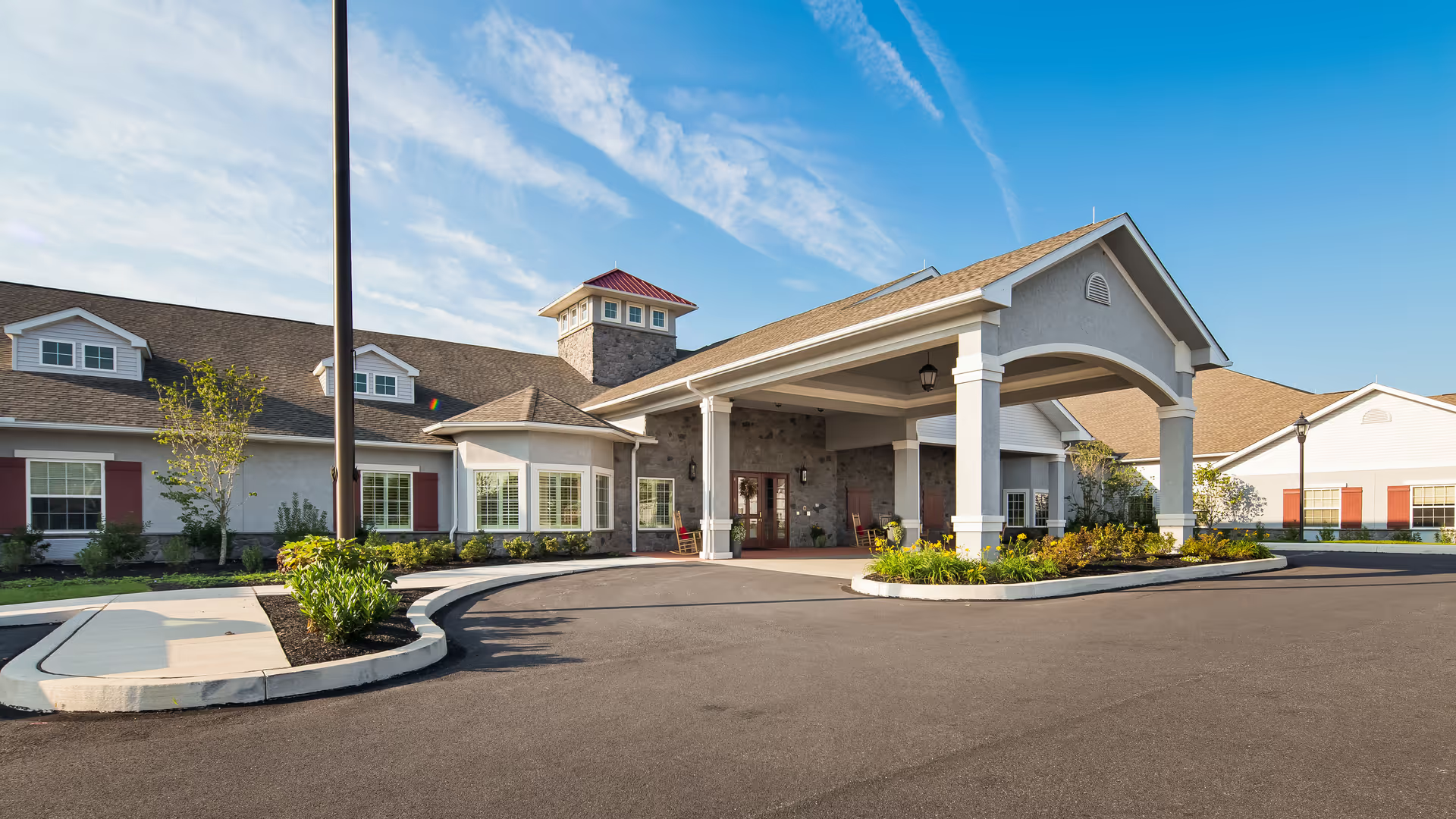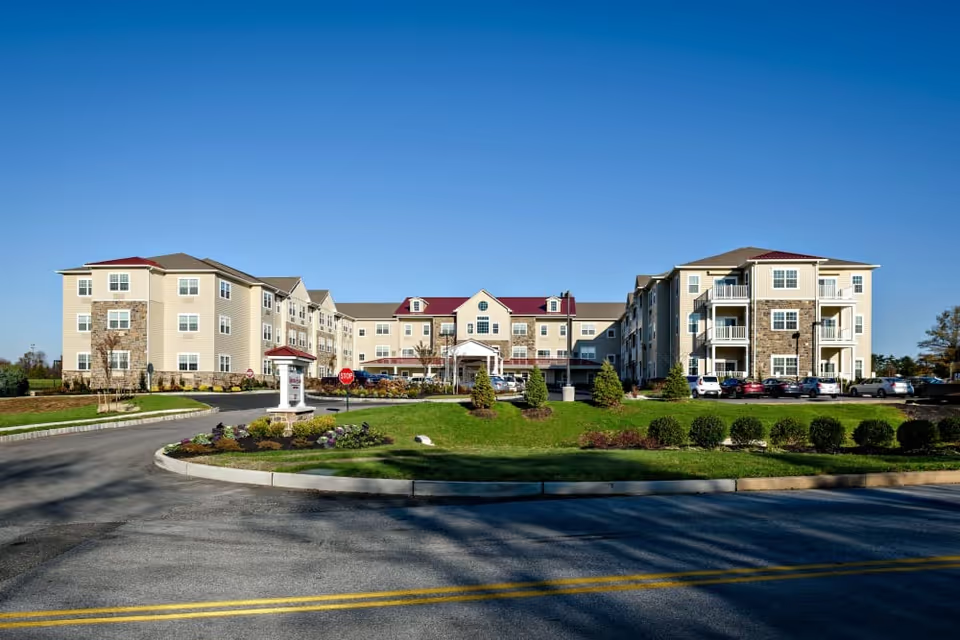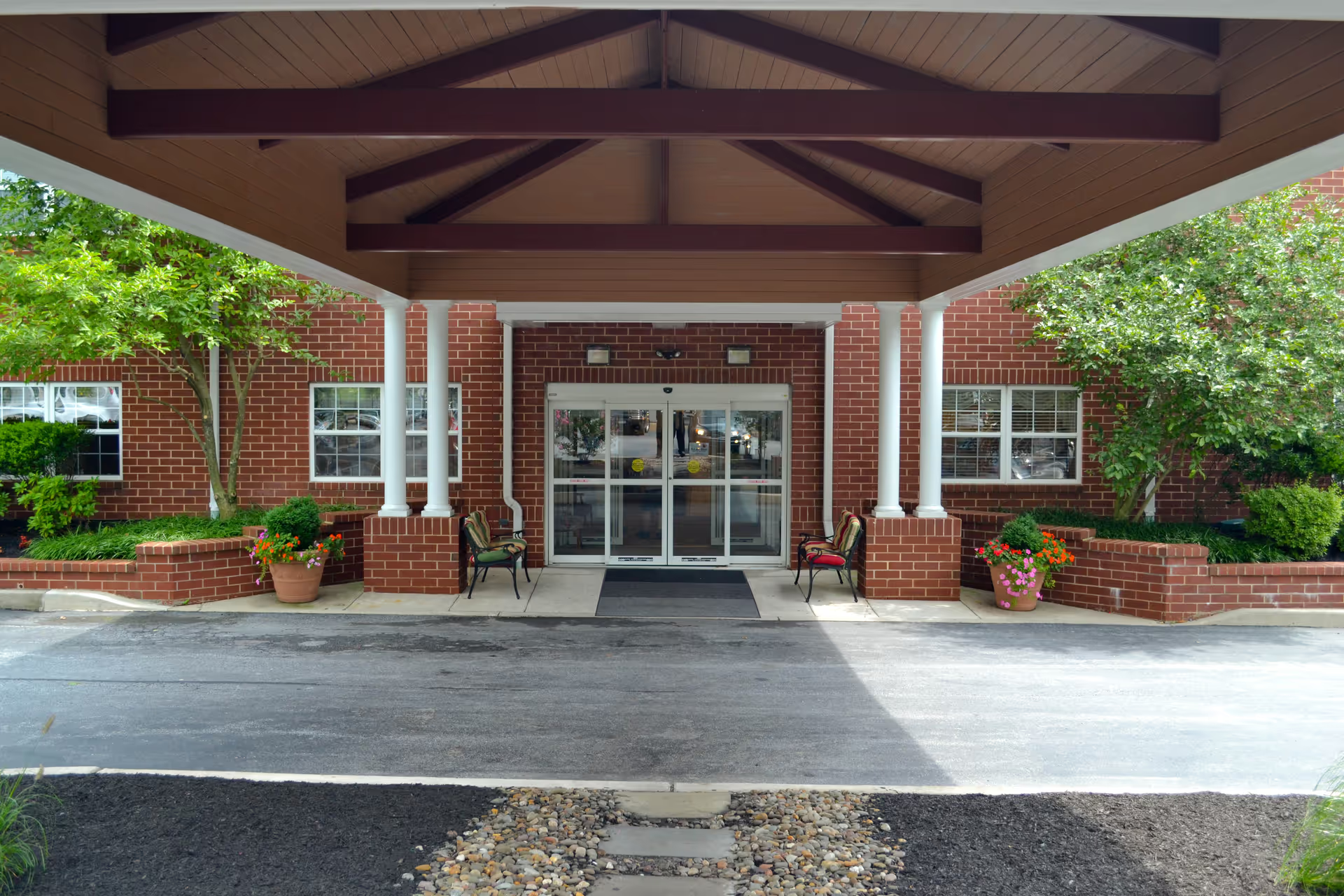Overall sentiment across the reviews is highly mixed but leans strongly negative, with frequent and serious complaints about basic care, safety, and facility cleanliness counterbalanced by a smaller number of reports praising individual staff members, therapy outcomes, and meals. The most commonly recurring themes are understaffing and inconsistent caregiving, which reviewers link to neglectful practices (especially around incontinence care), delayed responses to call bells and medication requests, and unsafe clinical events such as falls, pressure injuries, and preventable infections. Several reviewers described particularly alarming incidents — residents left in soiled diapers or underwear for long periods, dried blood and feces found on floors and bedside potties, delays of 30+ minutes for pain medication, and discharge without necessary wound care supplies or instructions. These concrete safety and hygiene failures create a pattern suggesting systemic staffing and supervision problems rather than isolated lapses.
Care quality and clinical safety are central concerns. Multiple reviews report clinical complications after admission — urosepsis, dehydration, bedsores/moisture-associated skin damage including a stage 2 pressure ulcer, kidney/bladder infections, emergency room transfers, and at least one death mentioned in connection to poor or delayed care. There are also allegations of overmedication and administration of sedatives without consulting power-of-attorney (POA), and instances where families were told misinformation about a patient’s condition or care. At least one reviewer reported a fall during transfer, and others noted bruises or suspected rough handling. These reports combine to indicate persistent problems with clinical oversight, care coordination, and discharge planning (for example, unsafe discharge with no wound-care instructions or supplies).
Staffing and staff behavior are described inconsistently across reviews. Numerous reviewers emphasize understaffing, especially at night and weekends, leading to long waits for assistance and neglected basic needs. High staff turnover and inconsistent CNA assignments are frequently mentioned. Many reviewers characterize staff as unresponsive, uncaring, or unprofessional; some cite defensive management and poor communication. Conversely, a subset of reviews praise individual caregivers — named CNAs (e.g., Fatima), traveling nurses, therapists, the director of nursing, the rehab program manager, and a social worker (Miss Allison) — as compassionate, responsive, and effective. Therapy teams receive repeated positive comments about producing quick functional improvements and being communicative. This polarizing feedback suggests that while some staff members deliver high-quality, empathetic care, those experiences are uneven and may depend on timing, shifts, or specific personnel.
Facility condition, hygiene, and maintenance emerge as another major area of concern. Many reviews describe the building as old, dingy, and in need of remodeling; common complaints include foul odors (urine and other smells), stained or dirty floors, dust-filled vents, clogged toilets, reused garbage bags, and sightings of pests such as roaches, crickets, and bed bugs. More severe hygiene issues are reported too: dried blood and feces on floors and bedrails, unclean bedside potties, and generally filthy rooms. Some reviewers, however, describe the facility as very clean and note good food and programming — again reflecting a split in experiences. Problems with equipment (broken TVs, wheelchairs lacking footrests, old beds) are also noted, contributing to the perception of neglect in maintenance.
Dining and activities receive mixed reviews. Several families praised meals as delicious and inexpensive, and some residents enjoyed programs like game nights and a hair salon. Other reviewers found the food unappetizing or insufficient (examples include repeated cheese sandwiches), and many complained of a lack of activities, social engagement, or meaningful programming for residents. This inconsistency in dining and activities mirrors the overall pattern of varied experiences: some residents benefit from robust services, while others experience a bare-bones, understimulating environment.
Management, communication, and administrative practices are frequently criticized. Reviewers report poor family communication, delays in updates, refusal to allow family communication at times, defensive leadership, and problems at the front desk during admission and inquiries. COVID-related visitation restrictions raised tensions and distrust in some cases; multiple reviewers mentioned outbreaks and strict isolation protocols that limited rehabilitation and social interaction. There are also concerns about value for money — promises of private rooms not kept, early discharges, and billing/placement issues. Several reviewers called for regulatory attention, suggesting the facility should be shut down based on perceived risks to resident safety.
Notable patterns and overall assessment: The reviews reveal a facility with significant variability in care quality. Positive reports consistently point to specific individuals or teams (notably therapy staff, some CNAs, and certain nurses or managers) who deliver compassionate and effective care. However, the volume and severity of negative reports — especially those detailing neglect, hygienic failures, clinical complications, and systemic understaffing — indicate that these positive experiences are not reliably replicable across the facility or over time. The most concerning and recurrent issues are failures in basic hygiene and incontinence care, slow or absent responses to call bells and pain medication requests, poor discharge practices, pest and cleanliness problems, and managerial/communication breakdowns. Taken together, these patterns suggest systemic operational and staffing deficiencies that create safety and dignity risks for residents, even while pockets of good care exist.
If using these reviews to inform placement decisions, prospective residents and families should visit in person, ask targeted questions about staffing ratios (especially nights/weekends), infection-control practices, wound-care and discharge protocols, policies on medication administration and POA notification, and the frequency and content of therapy and activities. Ask to see recent inspection reports and documentation of corrective actions for cited hygiene, pest, or clinical-safety issues. Be aware that experiences appear highly shift- and staff-dependent: some residents receive exemplary care, while others report neglect and unsafe conditions. The pattern across reviews points to a need for stronger oversight, consistent staffing, and improved communication and hygiene practices to address the recurring, serious problems described by multiple families.


